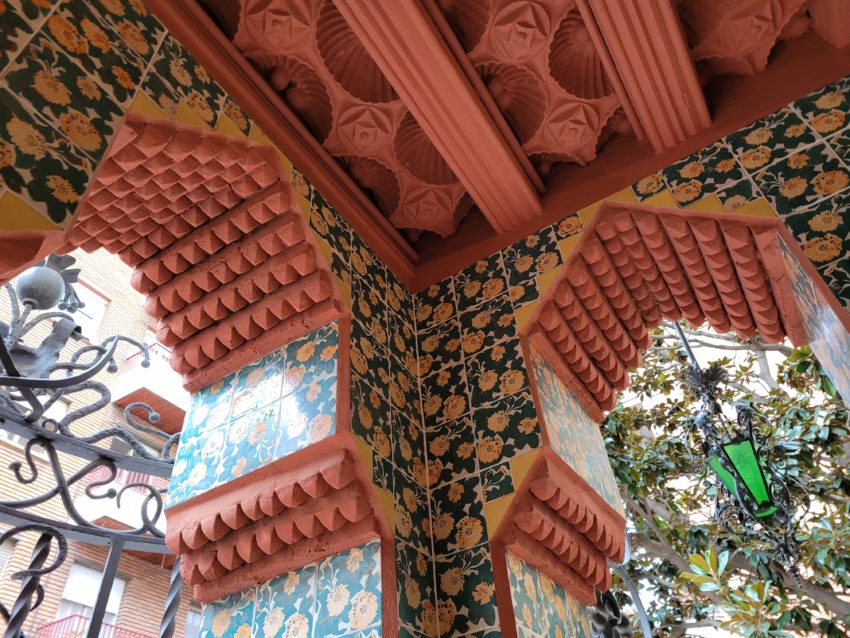Whenever we are looking to renovate our home we want to know what our return on investment will be. Financial implications are just one aspect we must look at. The other, and more difficult, aspect is the impact our renovation has on the climate. How effectively are we utilizing our resources to help mitigate the climate change disaster that is upon us? This article will hopefully help you evaluate how much some different energy efficiency projects might cost, how long they take, what they take to get done, and what impact they might have. Hopefully this information will help you decide where to allocate your resources depending on your budget and other factors.
Appliance Swaps or Additions
Depending on your utility availability, appliance swaps are probably the easiest, quickest, and most cost effective intervention you can make in your home to minimize your ongoing contribution to climate change, eliminate a carbon source emission, and reduce your total energy consumption.
Add an Energy Recovery Ventilator ~$5k (1 day install)
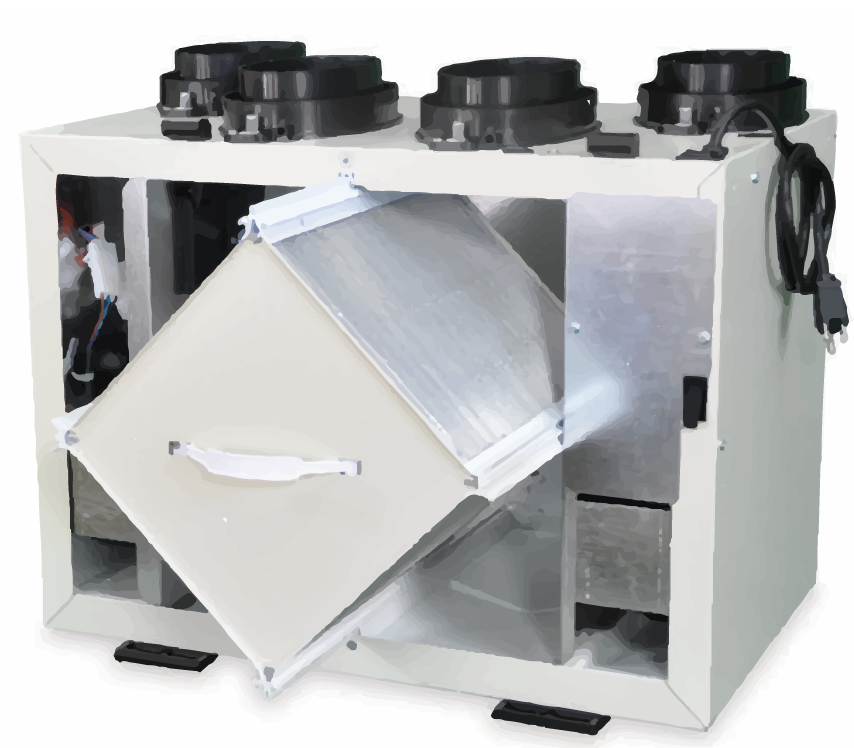
Just add an energy recovery unit to your house. This will cut your heating and cooling bills while also improving your air quality by pressurizing your house and ensuring that most of the air that comes in from the outside is HEPA filtered. If you have allergies this benefit may be even more important than the cost savings on your utility bills. Depending on the exact configuration of your house this may be as easy as installing a unit in your garage and some flexible ducts into and out of your home. The unit itself is usually around the $2k range and installation costs and schedules can vary widely but typically this should be a one day install and definitely less than a week in 99% of cases.
Swap your Air Conditioner for a Heat Pump ~$5k (1 day install)
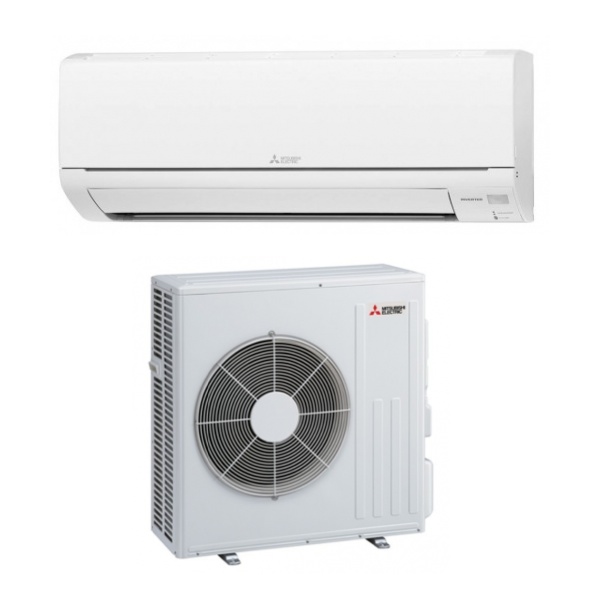
One of the largest consumers of energy in the average U.S. home is heating and cooling. When you are renovating or your old one breaks, make sure to swap out your old AC unit with a high efficiency heat pump unit with ductless mini-splits. This change may cost a little bit more up front. However, during the moderate heating season you may be able to drastically reduce your gas bill since the heat pump unit can also switch to providing heat. From an efficiency standpoint, using the heat pump is drastically more efficient than even the highest efficiency gas furnace (typically 300%+ for heating efficiency vs. 99.5% max). This is true even after accounting for transmission losses on the grid. Furthermore, as the grid inevitably shifts towards wind and solar, your heat pump will continue to decarbonize. In most cases these units run around $3k for just the unit. Installation schedule is typically one day.
Swap your Hot Water Heater for one with a Heat Pump ~$6k (4 hour install)
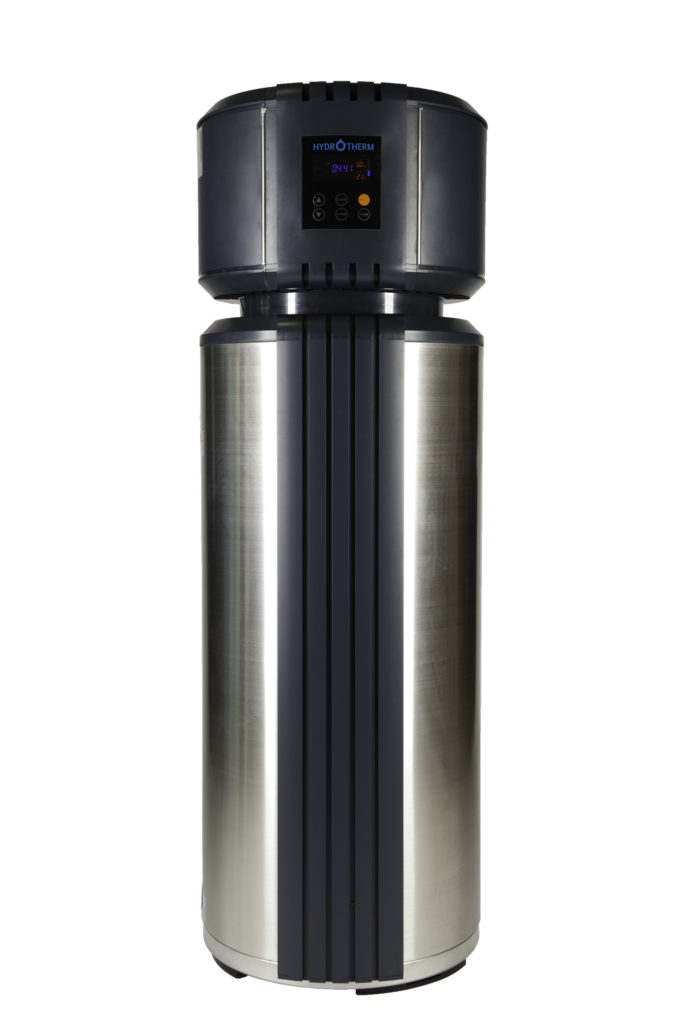
While this one has the potential to bring some of the best energy efficiency improvements, this one may also require an electrical panel upgrade depending on your existing level of service. If you have an existing electric hot water heater you can just simply swap out the old electric heater for this new one. If you currently have a gas water heater but you also have a 100 Amp or 200 Amp service it is likely that you can just run a new circuit for this unit. If you have less than 100 Amp service then you will likely need to upgrade your panel to at least 100 Amps before you can install this particular energy efficiency improvement. Assuming your existing hot water heater is electric this is a simple appliance swap that typically takes just a few hours. The main cost is from the heat pump unit which typically runs in the $5k range with installation costs typically less than $1k. If you need to add a new dedicated 30 Amp 240 Volt branch circuit for the unit this will typically cost less than $1k but will add an additional day to the installation time. If you need to upgrade your electrical service you will need much more time, planning, preparation, and costs can vary widely depending on your specific situation. Contact your local electrician for more accurate time and cost estimates or you can reach out to us for recommendations.
Swap your Laundry Appliances ~$2k (2 hour install)
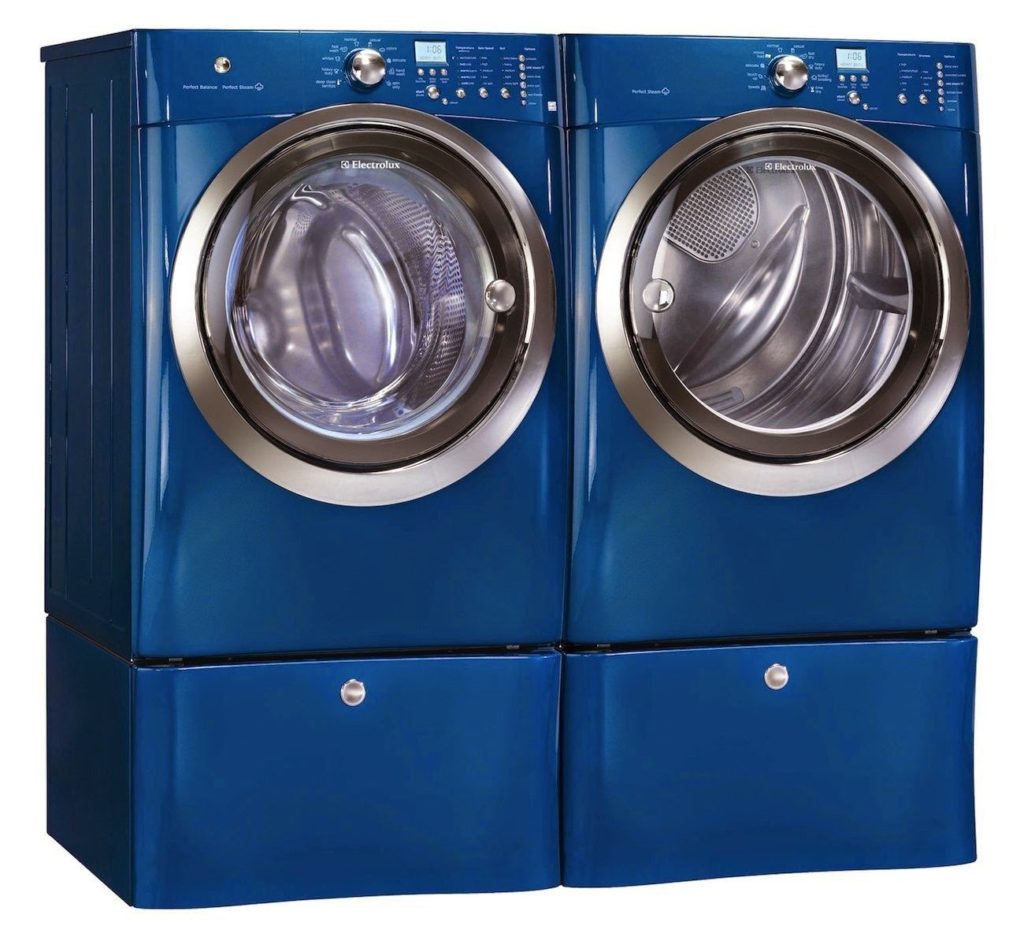
If you have an existing washer and dryer and either one of the appliances break you can replace both with a single unit 2-in-1 combination washer/dryer with heat pump technology. This is true even if the dryer is a gas dryer. The best aspect of this replacement in terms of cost is that you don’t need to modify your power circuits at all to completely get rid of your gas dryer appliance. The combination washer/dryer operates on a standard 15 Amp 120 Volt dedicated circuit that is typical for pretty much every If you are doing a more extensive renovation and installing new electrical service as part of your renovation, then you can replace both appliances with a high efficiency washer and a heat pump electrical dryer that is equal in speed to a traditional electrical dryer. Find your prices online at any appliance retailer. They typically include the cost of delivering the new appliance and removing the old one.
Add a Dishwasher or swap your old one ~$1k (2 hour install)
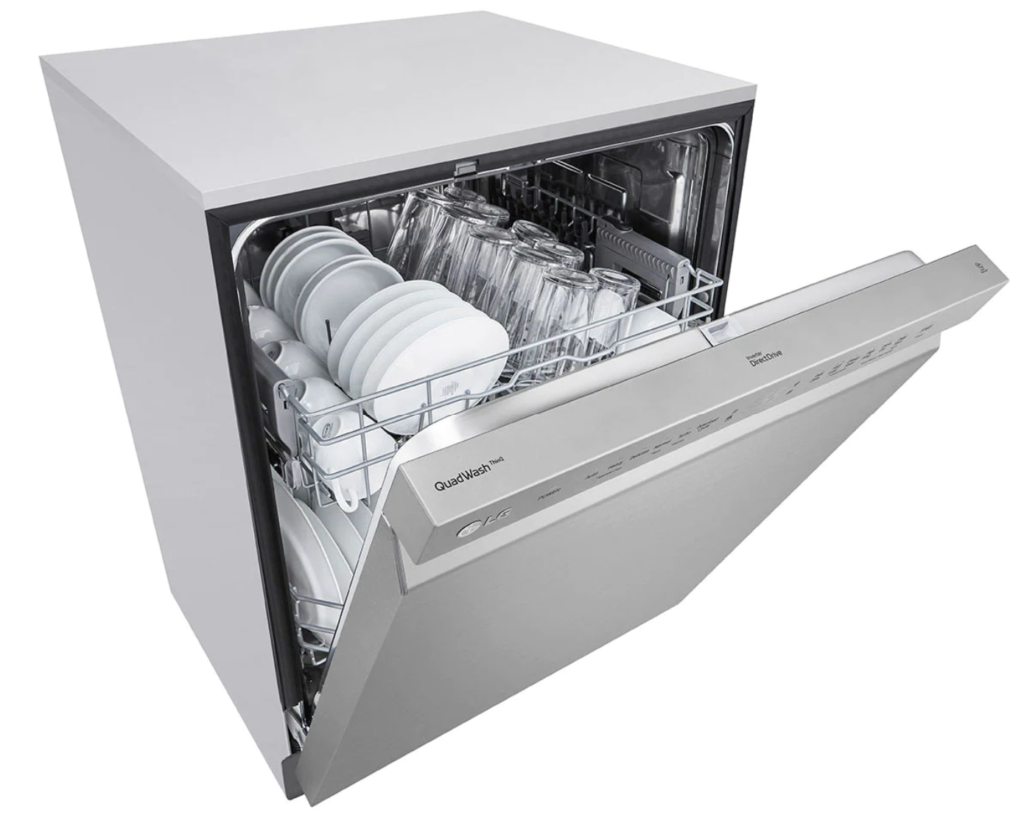
In terms of cutting water usage, dish washers are difficult to beat with a full load of dishes. Replacing your older model dishwasher if it uses more than 10 gallons per load with the newer high efficiency models that typically use around 4 gallons per load will significantly reduce your water usage. However, if you don’t have a dishwasher, adding any dishwasher that uses less than 10 gallons per load will have a significant impact on your water consumption. If you don’t currently have a dishwasher, plan to add one in your next kitchen renovation. It is not only a convenience, but also a conservation measure. The more water you save the more energy you save. Furthermore, water is a precious resource and clean water even more so. Collecting, filtering, treating, and pumping all that water into all of these homes takes a ton of energy. So, when you use less water, you are saving energy, resources, and water. For hot water, the energy savings are even greater. If you haven’t swapped out your old hot water heater for a heat pump unit yet, then your direct energy savings will be even more awesome.
Exterior Envelope Retrofits
While appliance swaps or additions are often much faster, easier, and cheaper, they also don’t have the potential to reduce energy usage as much as air-tight and well insulated roofs, walls, windows, doors, and floors.
Seal the Cracks and Insulate (#1 Best bang for your buck)
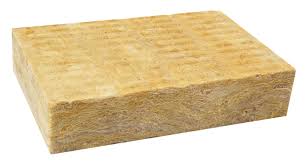
Stopping unwanted air and heat flow in an existing building is one of the biggest opportunities for energy efficiency improvement in existing buildings. At the same time, of all the items on this list, it is also the most customized, difficult, time-consuming, and upfront expensive retrofit option to do correctly. If you want to do a deep energy retrofit for a 1,500 square foot home, this could easily carry a $50k price tag. This sounds expensive but spread out over the lifetime of homes that frequently get used for at least 50 years that is around $1,000 a year with no further operational input or expense. More importantly, after you complete this retrofit, you have a home that is more resilient to weather extremes, more comfortable, and has much lower and more predictable utility bills since the bills are not as dependent on the weather. With a well sealed and insulated building you can easily cut your heating and cooling energy consumption by 75% or more. What used to be $1000 per year in heating and cooling bills is now almost entirely prepaid for the life of the home. Even if this is the only intervention you decide to do, it will mean that you won’t be using your HVAC systems for most of the year, year after year, decade after decade. In summary, the price tag is high, but the benefits are also really great.
It is important to note that if you do decide to insulate, get this done correctly. If air sealing or insulation is improperly executed it may lead to condensation or other forms of moisture accumulation inside the exterior wall or roof assembly. This can quickly (within a just a couple of years) lead to rot, mold, rust and other serious safety issues that may compromise the structure and safety of the building. Make sure you hire an architect who is familiar with Passive House standards and a contractor that is capable of executing the details correctly.
Another factor that makes this particular intervention less financially accessible up front is that it is best to do the entire house at once. Although insulation can theoretically be added to specific parts of a building in phases it makes the most sense to seal and insulate the entire building all at once due to technical considerations. The combination of these factors makes air sealing and insulation simultaneously the largest energy efficiency opportunity and simultaneously the least financially viable and most difficult to execute. While you may look at the price tag and think “Wow this one is expensive” the reality is that a thick blanket or coat of insulation on your building is really the cheapest solution out there for long term monetary and environmental savings. When done properly, this intervention will generate the largest energy efficiency improvements and increase the durability and comfort of your building for generations with minimal maintenance and no operational energy input. Ancillary benefits include but are not limited to reduced dependence on the energy grid, longer appliance life spans through minimization of usage, and increased ease of transitioning to super efficient heat pump based heating systems!
Eliminate Thermal Bridges (Best done as part of the insulation process)
Thermal bridges are typically found at structural connections between the inside and the outside of the house. One common example of this might be a standard wood stud framed home with batt insulation between the studs. Every single stud in that assembly has a lower thermal resistance (or “R” value) than the insulation. While wood is not as thermally conductive as steel, it will still conduct much more energy than the insulation given the same thickness. As such, every stud is considered a thermal bridge. By using continuous exterior insulation, we can significantly minimize the presence of thermal bridges and reduce the incidence of condensation in the wall assembly.
Swap your Windows for Triple Pane (2nd best environmental value for money)
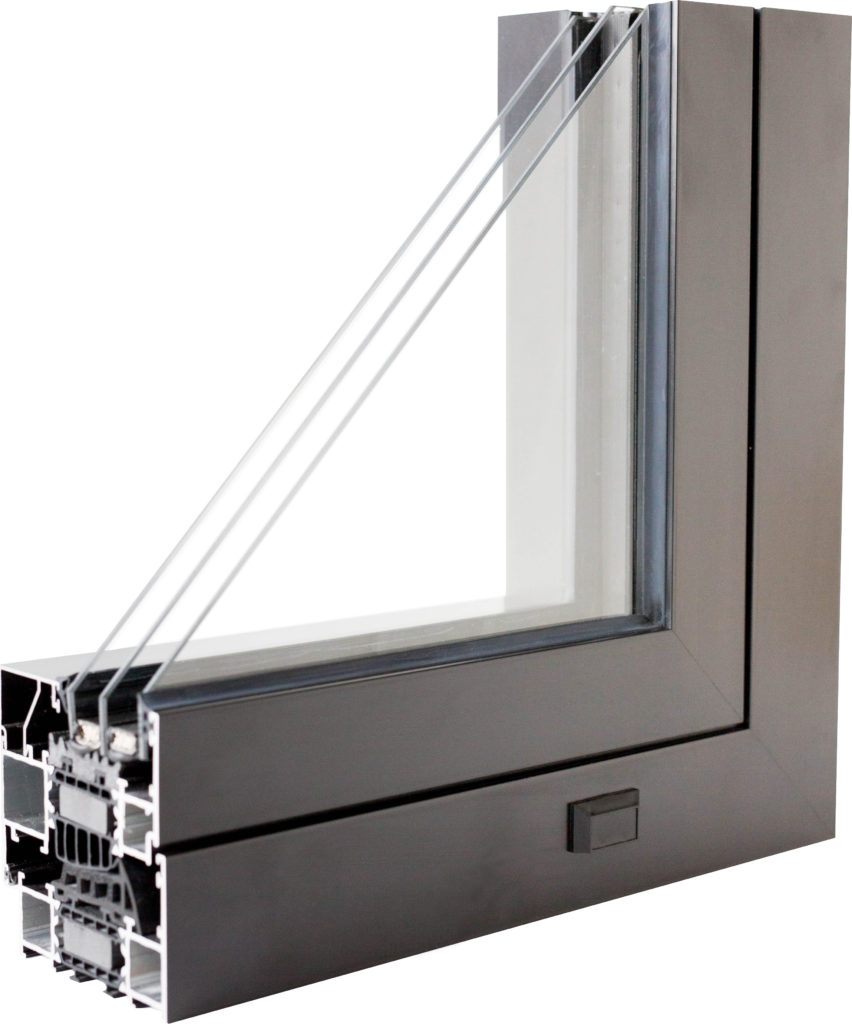
Triple pane windows are still expensive compared to double pane windows. However, they are also fairly easy to do on almost any existing building. While your specific energy savings will vary tremendously depending on your current windows, solar orientation, total window area, shading coefficients, and many other factors, triple pane windows also offer some ancillary benefits. Whether you live adjacent to a busy road or in a remote rural area, you will notice a drastic reduction in the amount of outside noise you can hear when the windows are closed. Furthermore, you won’t feel those drafts of cold air flowing off of your window except on the coldest of cold days, and your windows are much less likely to get frosty.
Swap your Roof Color (Only if you already need to replace your roof)
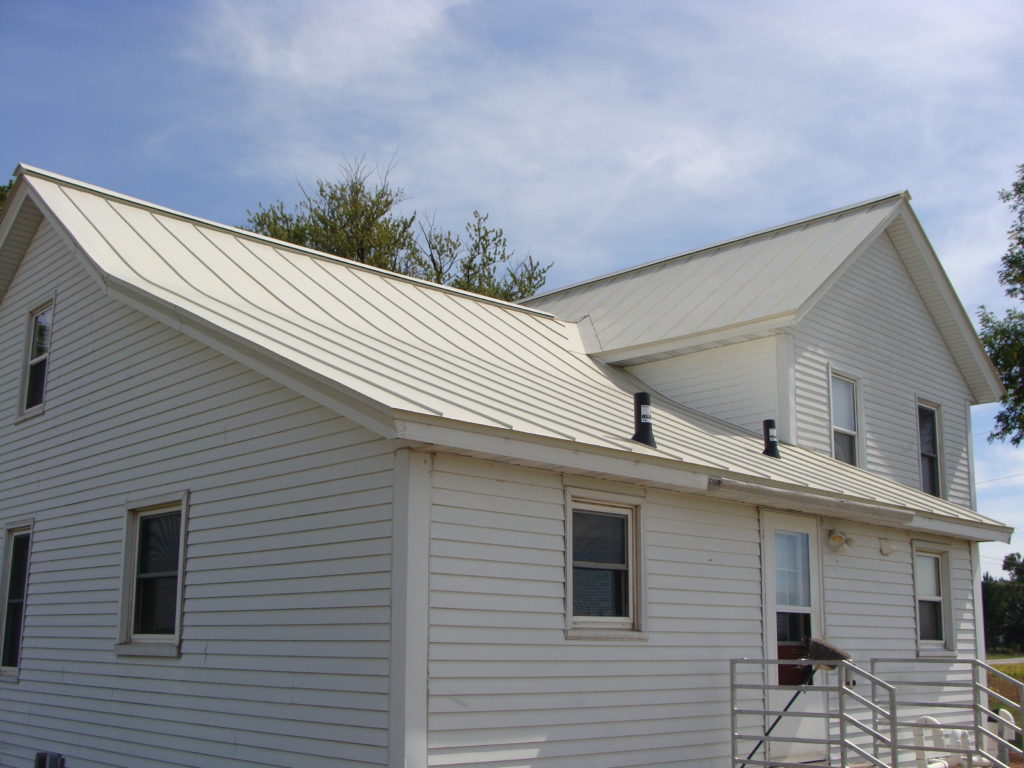
Replace your roof with one more suited to your building. Airplanes are painted white on the top to minimize heat gain while being exposed to direct sunlight continuously for many hours. In a climate that is cooling dominated simply replacing your roof with a lighter color roofing can drastically reduce your cooling loads inside. Furthermore, switching to a metal roof or more reflective roof and creating an air gap between your rooftop surface and the bottom of the roofing material can provide additional cooling benefits at minimal additional cost. Conversely, in a heating dominated climate, it may make sense to switch to a darker roofing color to increase your heat gain. This decision can also be impacted by the amount of insulation that you have under the roof. The more insulation you have, the less of an impact this decision will have on your energy usage.
Other Energy Saving Retrofits
Add Radiant Floor Heating $$$
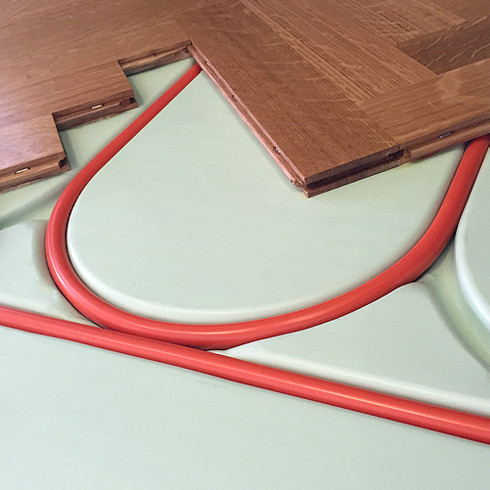
In some homes, particularly those with high ceilings in a heating dominant climate, radiant floor heating can save energy by drastically improving occupant comfort with the same or less heat output. While the comfort and silence these systems offer is unbeatable, they also tend to be a lot more expensive to install than Mini-split or other heating systems as a retrofit option or in new construction. There are two systems with very different installation requirements and different expense profiles. Electric systems have a lower up front cost but a higher operational cost. Liquid based systems are preferable over a electric ones from an operational energy efficiency standpoint. The liquid systems allow for the use of heat pumps which are significantly more efficient when compared with a pure electric radiant floor heat system or a boiler based radiant floor heating system. You must also take into account the cost and time to remove and replace or re-use the flooring, and change all of the door panel heights if it affects the thickness of your flooring assembly. Furthermore, the liquid systems require a significant amount of planning to get all the tubes back to the supply location within existing walls.
For More Info
Please text us at +1 (310) 773-4625 for more information. We get a lot of spam calls on this number so if you do decide to call please be aware we won’t answer. If you want a call back, please leave a message with your name, where you are located, and a brief description of the information you are looking for.

